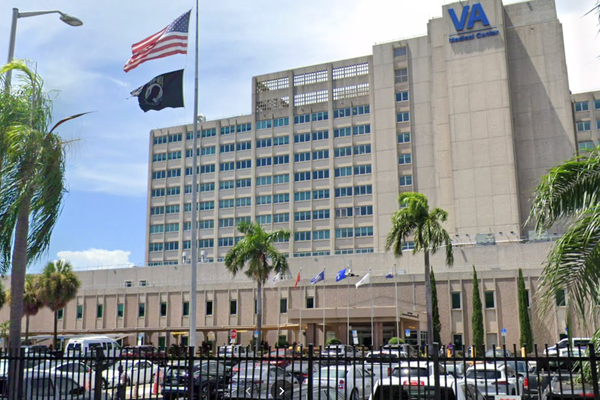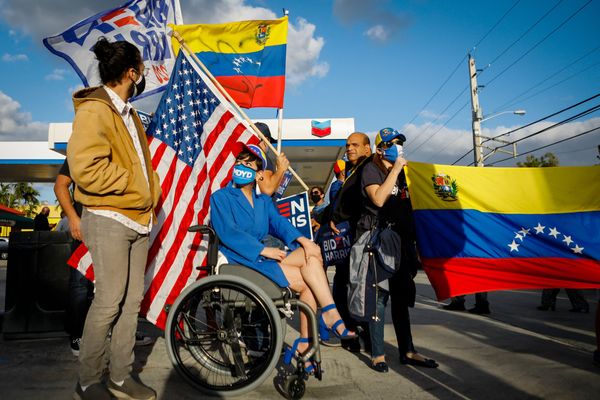
Health outcomes in the U.S. can vary widely depending on the color of one’s skin.
African Americans were 30% more likely than white people to die prematurely from heart disease in 2019 and Black men are two to three times as likely to die prematurely from stroke, according to the U.S. Department of Health and Human Services Office of Minority Health. Black women are two to three times more likely than white women to die from pregnancy-related complications, according to the Centers for Disease Control and Prevention.
As Black Americans, we come from communities that are often mistrustful of healthcare, owing to past injustices and maltreatment on personal and systemic levels. And despite some progress made in rebuilding trust, our communities continue to confront barriers and inequities in treatment rooted in bias, racism, and discrimination.
One significant contributor to poorer outcomes for minority populations, specifically Black and Latino communities, is the relative scarcity of healthcare professionals that reflect Black and Latino populations. According to a 2021 physician data report published by the Association of American Medical Colleges, 63.9% of practicing physicians identified as white, 20.6% as Asian, 6.9% as Hispanic, and 5.7% as Black or African American, with less than 1.3% identifying as multiple race.
To increase the number of underrepresented physicians, we must focus on recruiting and retaining students from diverse backgrounds and ethnicities into healthcare professions. This means expanding access to medical education by raising awareness about opportunities in healthcare for those who may not otherwise have considered this career path. It also means addressing the most common barriers that students from vulnerable populations may face when pursuing degrees in this field.
These barriers may include lack of proximity to a medical school, lack of academic and psychological support, or lack of economic stability, all of which are conducive to success. Structuring a medical education program that takes these barriers into account and leverages innovative solutions to help address these challenges is necessary to ensure a more diverse population of physicians.
Understanding the "social determinants of health"
One place where these diverse healthcare professionals are critically needed is on Chicago's West and Southwest sides. Patients in these communities experience among the highest rates of diabetes, highest rates of mortality from cancer, lowest employment rates, and lowest education rates. They may not have access to healthy food, reliable transportation, or stable housing. It is critically important that those providing their care look beyond symptoms and genetics and dig deeper to really understand the broader environmental contributors to poor health, or what is known as “social determinants of health.”
Patient outcomes significantly improve when healthcare providers not only look like the communities they serve but also understand and are properly trained to address the communities’ specific needs. That is precisely what we’re seeing through a clinical partnership between Adtalem Global Education and Sinai Chicago. These institutions are working together to train a diverse healthcare workforce that can identify and address the complex health needs of a diverse population. The two organizations share the same vision: that medical education curricula should instill in caregivers the need to embody compassion, advocate for justice, and embrace diversity in every circumstance. This builds trust and promotes equity which can help reduce health disparities that are plaguing vulnerable communities.
Medicine is about much more than treatments and technology. It’s about people. Healthcare providers get to see the real difference they can make in someone’s life when they treat more than the illness but look to address the root causes of what brought them to the hospital in the first place.
Addressing health disparities at the root requires the education, training, and deployment of medical professionals that represent the diverse populations in most need of care. Through innovative solutions and partnerships, we can train a healthcare workforce that is not only clinically competent but culturally competent and tuned in to a community’s most pressing needs.







